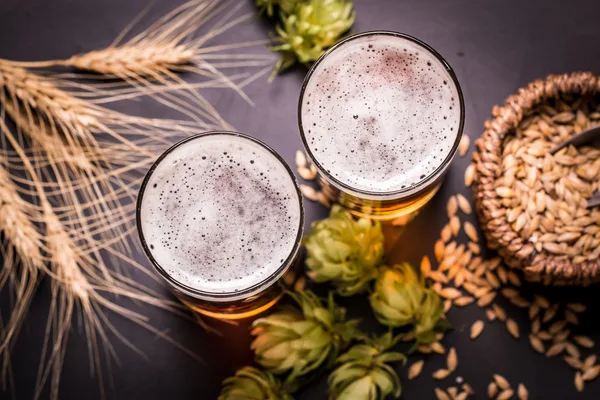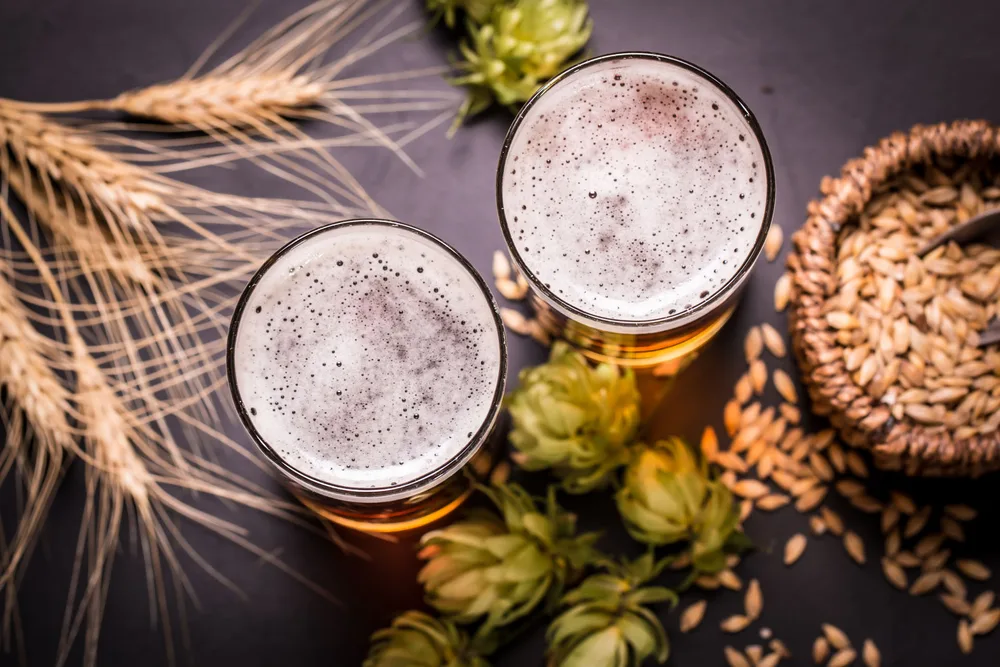

Variety is the spice of life.
And flavourings help to bring that variety to consumers in a safe, accessible and affordable way.



Flavourings are ingredients that bring taste and variety to food - e.g. a vanilla flavouring brings taste to both the pudding you are cooking at home and the ice cream within the recipes of the food industry!
Nature produces flavouring substances which provides an infinite range of taste in food. This has always inspired mankind to add flavourings to food since the earliest of times. The ancient Egyptians were one of the first to add aromatic compounds to their food.
Why do we use flavourings?
Flavourings are part of everyday life for several reasons:
Culture
Flavourings are deeply rooted in our cultural heritage through their long tradition of use in food and beverages, triggering strong emotions and memories.
Healthy lifestyle
Flavourings enable consumers to enjoy healthier food products alternatives without compromising on taste, thereby contributing to healthier and more balanced eating habits.
Choice & sustainability
Natural resources are shrinking. Flavourings produced from cost and resource-efficient sources make sure that many of us can enjoy our favourite tastes. They also help some food products to maintain their taste throughout their shelf life.
Check our animation video or our EFFA A short introduction to flavourings Infographic for more information!

Each flavouring is unique and follows a long process from its conception until it goes to your food

Have you ever wondered how a flavouring is produced?
This is an overview of the whole process, from its conception to the moment when it is added to the final food product.
Marketing teams constantly analyse market trends, consumer expectations and food & drink dynamics to identify the taste of today… and of course of tomorrow!
Flavour houses are constantly researching possibilities for new flavouring materials, extracting and purifying samples from exotic food sources or developing new methods of manufacture for flavourings to ensure sustainability and to safeguard and protect natural resources.
The customer (food industry) wants to create a specific product.To align with expectations they produce a briefing of the kind of flavouring they want together with the sales department of the flavour house.
Now, the flavourist, like a Chef in his own kitchen, combines different ingredients from his palette to create a unique flavouring that will meet the regulatory requirements, the food industry’s expectations and the consumer’s preferences.
The production laboratory produces a sample according to the flavourist’s recipe. The various departments may now test the result.
A flavouring behaves/develops different if used in a cookie, a yogurt or an ice cream. So the cooks of the flavour houses prepare - let’s say a chocolate chip cookie – in their kitchens and add the corresponding flavouring to it to see how it really tastes in the final application.
The quality department puts in place a program to always guarantee the food safety, authenticity and purity criteria of the flavour.
The regulatory department makes sure the flavourings are fully in line with all applicable legislation (e. g. the EU Flavouring Regulation) and also with ethical preferences (such as halal, kosher, etc.)
As soon as the various departments have approved the flavouring it goes to the production lab where specialised workers create the final flavouring based on the flavourist’s recipe.
As soon as the flavouring is finally ready it is appropriately packaged, labelled and delivered to the customer (food industry).
The customer (food industry) will add the flavouring to the final food application and will also take care of the final packaging, labelling and delivery to the retailer so the product can arrive to the final consumer.

The food flavouring industry is an extremely varied and exciting sector that combines know-how and creativity to appeal to people's senses. Flavourings are present in your daily life, accompanying you during those special moments that shape your memories.

You may start the day with a nice breakfast. It will probably include cookies, cereals, and a yogurt: all of them are typical applications of flavourings.
You find flavourings in many different dairy (spreads, yogurts) bakery and cereal products and also in beverages such as a fruity infusions.
They can give your food that special touch that makes each product unique and puts you in in a good mood for the day.

During the day you may also encounter flavourings many times, from a healthy salad to sweet treats or reduced-fat or reduced-sugar products.
A fragrant sauce may enliven your quick, healthy, mid-week lunch. A tasty marinade may moisten meat dishes, accompanied by a mixed salad made tastier with a delicious salad dressing.
Craving for an ice cream on a hot
summer afternoon? Luckily, flavourings give you plenty of choice in the
taste of this little treat.
Flavourists create palettes of essential flavourings such as vanilla,
mint, chocolate, butter and strawberry that lay the foundation for
countless sweet goods.
Alongside taste preferences, an increasing number of consumers is demanding low-calorie, low-fat, and low-salt versions of well-known products. Flavourings can help to create tasty food and beverage products so as to reduce the concentration of some ingredients, without impacting the palatability of the food in question.
There are cases where food products have been enriched with specific nutrients or functional ingredients that provide benefits for disease prevention. However, they may come with a tendency to negatively impact the overall taste of the food. Flavours can help to create perfectly enjoyable and tasty foods.
Creating healthy alternatives does not have to mean compromising on taste. Flavourings help to create great tasting healthy food and beverage products that meet people's expectations.

You feel like meeting some friends after work? Maybe you are planning some snacks? A cheese spread with a Mediterranean touch, a fresh cocktail or a soft drink?
Never has there been such a broad choice in snacks and beverages. And never before have they been so specifically adapted to appeal to consumers' individual tastes and situations.
A more indulgent weekend with entertainment could encompass a vanilla flavoured cheesecake, or a family treat of ice-cream or flavoured popcorn at the cinema.
Before going to sleep you may encounter flavourings again, oral care products such as toothpaste our mouthwash often contain menthol and mint, adding a lasting refreshing smell.

Our sense of taste changes over the years. The older we get the more we lose our capability to appreciate flavour in our food. This is why we often even lose our appetite. To provide elderly people with tasty meals meeting their specific needs the flavour industry offers a variety of solutions.
When you are sick… A spoon full of sugar helps the medicine go down!
Flavourings also improve the bitter taste of many medicines thus facilitating their intake. The manufacturer must include a description of the end product to its request for authorisation. The description should also include qualitative and quantitative data on tasting agents and flavourings.
Tomorrow
Laboratories worldwide are doing research on our ‘food of the future’. How can we feed our growing population without over exploiting our planet? What can become sources for our future protein, carbohydrate and fat supply? And how can the flavour industry take a leading role and help develop tasty food in the future?
Flavourings make all these moments more palatable, giving life a better taste.

Mankind controls fire : first cooked and smoked meats.
Gathering and use of spices and aromatic plants (eg: black pepper in India) for seasoning of foods.
First distillation processes for production of alcohol; Primitive alembic in Mesopotamia.
Uses of extracts and aromatic oils as fragrances in Egypt (lentisc, juniper, myrrh, cypress, etc.)
Development of boiling, cooking and other preservation processes (fermentation): slow cooking dishes, bread, beer, wine, yogurts, garum (nuoc-mam), etc.
Middle Age and Renaissance: Global improvement of culinary techniques and gastronomy: stocks, meat juices, hop flavoured beer, etc.
Renaissance and Enlightenment: Discovery of new plants (potatoes, tomatoes) and new food manufacturing practices (roasting coffee, cocoa).
Isolation of flavouring substances
First chemical syntheses of flavouring substances
Technical & culinary applications
